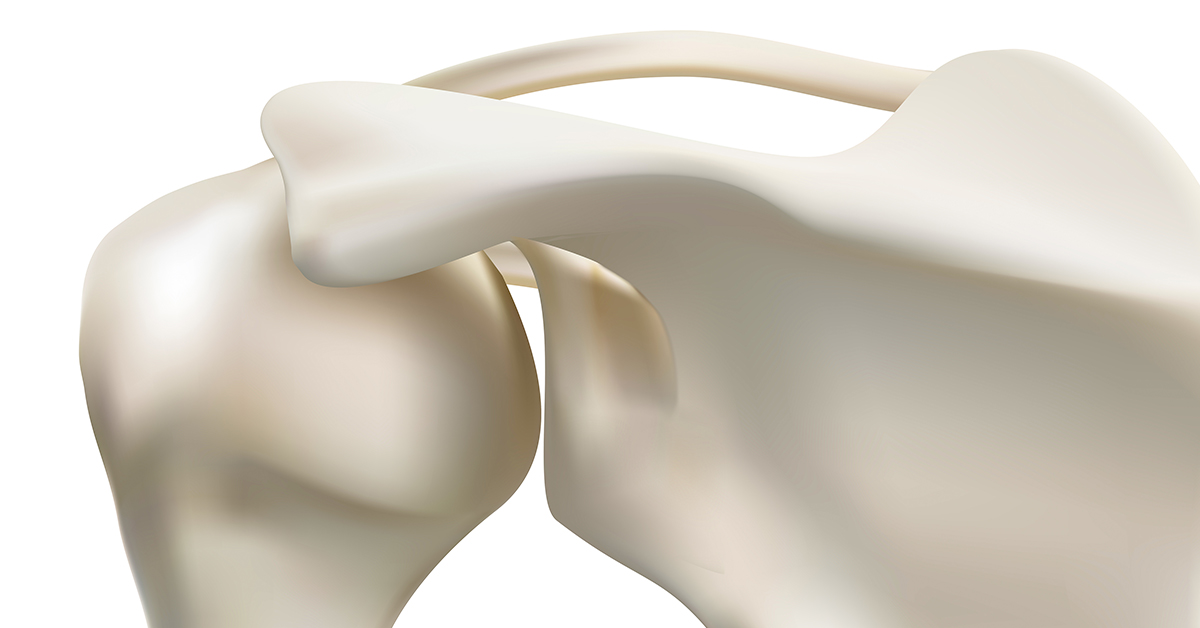
Reverse Shoulder Replacement Surgery
Shoulder replacement surgeries are a common procedure in orthopaedic practice. The common indication for this surgery is osteoarthritis of the shoulder. Many times, a simple, straightforward shoulder replacement surgery is sufficient to manage this condition. However, in some patients, a new procedure is now being used known as reverse total shoulder replacement therapy. In this article, we shall take a brief look at this procedure.
Indications
When shoulder replacement surgery is performed, the new devices that are inserted bear the same appearance of the natural shoulder joint. Typically, the socket is placed where the wing bone (scapula) is and the metal ball is attached to the top end of the humerus bone. In reverse total replacement surgery, this placement is reversed.
One of the common indications for reverse total shoulder replacement surgery is cuff tear arthropathy. Here, the surgery is performed in such a way so that the patient relies on different groups of muscles to move their shoulder joint (deltoid as opposed to rotator cuff muscles) when compared to a normal shoulder replacement operation. It is also utilized as a treatment in patients who have a complete tear of the rotator cuff. In patients who have had previous shoulder replacement surgery that has been unsuccessful, a reverse procedure can be beneficial.
The Surgical Procedure
After the patient has been evaluated for suitability for surgery, consent is taken and the patient is moved to the operating table. The area is cleaned with antiseptic solution and an incision is made to expose the shoulder joint. Following this, the diseased part of the shoulder joint is removed and replaced with prosthetic devices as previously mentioned. The entire procedure can take between 2 to 3 hours to perform.
Following the surgery, patients are monitored closely and, once they have recovered sufficiently, they are discharged from hospital. Patients will require a period of rehabilitation to restore complete movement of the shoulder joint. Complete recovery can take a few weeks and patients will be advised on how to get back to their normal activities. Following surgery, patients may require follow-up appointments with the orthopaedic surgeon and repeat X-rays to ensure that the shoulder joint is still in place.
After rehabilitation has concluded, patients should find that they now have complete shoulder joint mobility.
Complications
There are a few complications that patients undergoing surgery need to be aware of. A common complication that can occur is mild bleeding and bruising at the site of surgery. Swelling in the form of a hematoma may occur and this often settles down in a few days. Infection is rare but can be easily treated with antibiotics. Patients may experience pain following surgery and this can be effectively managed with painkillers.
Conclusion
Reverse total shoulder replacement surgery is a commonly performed procedure that has excellent long-term outcomes. Patients notice a great deal of improvement in the mobility of the shoulder joint and the procedure is accompanied by minimal complications.

